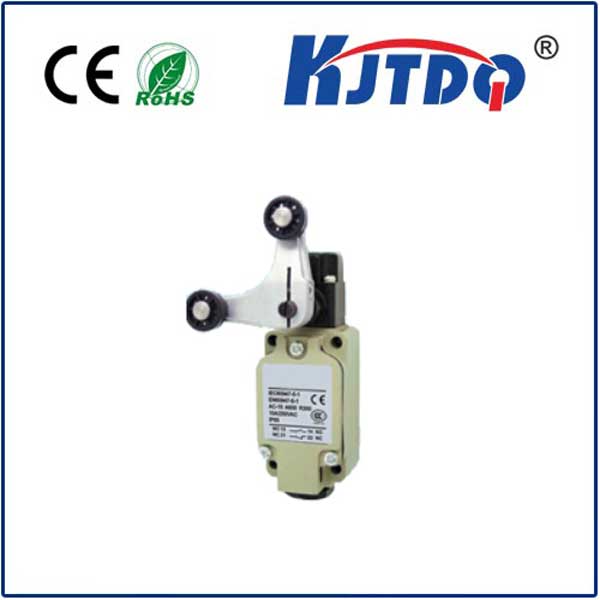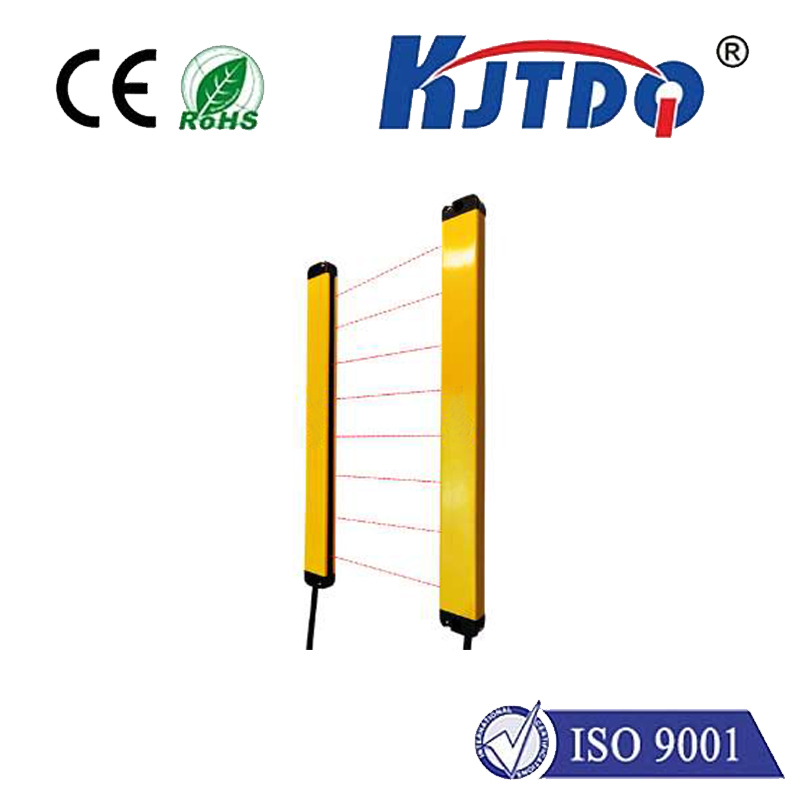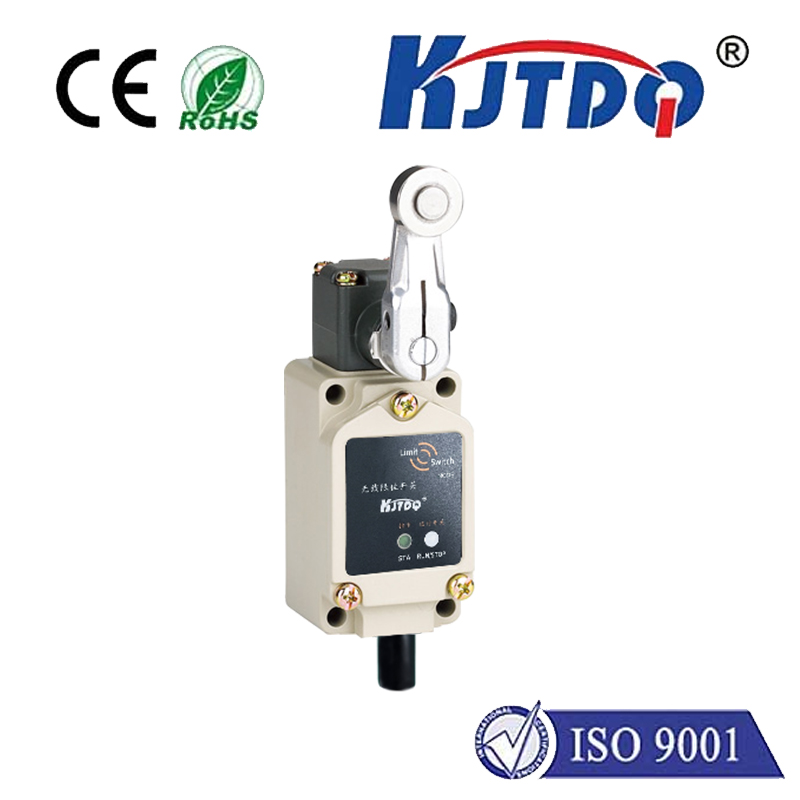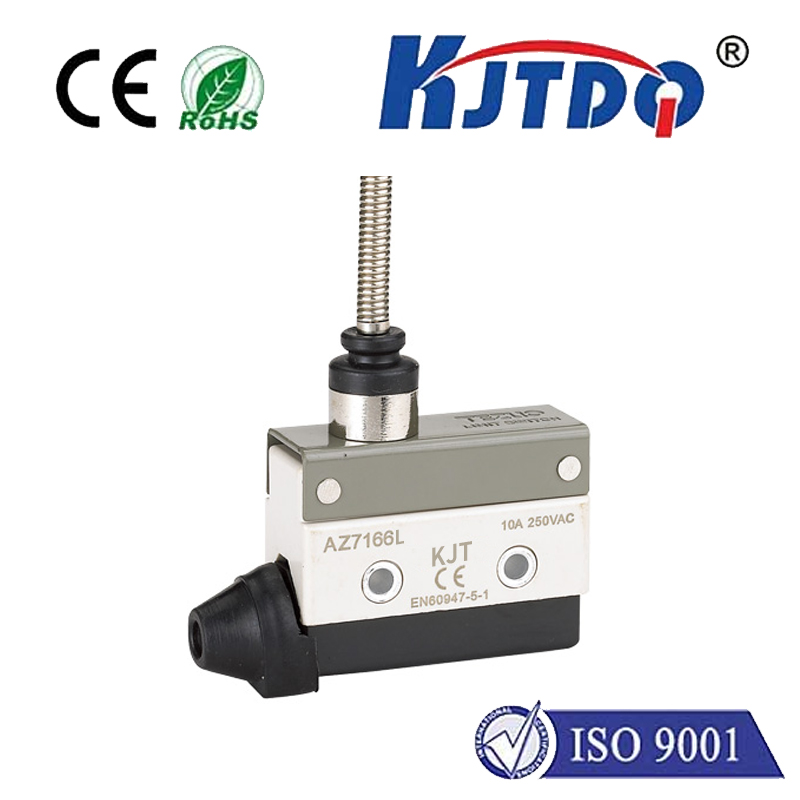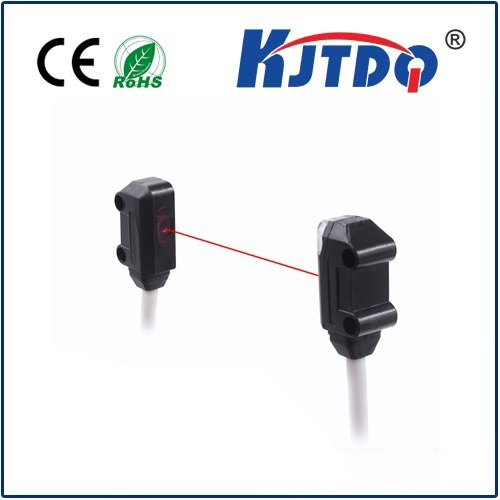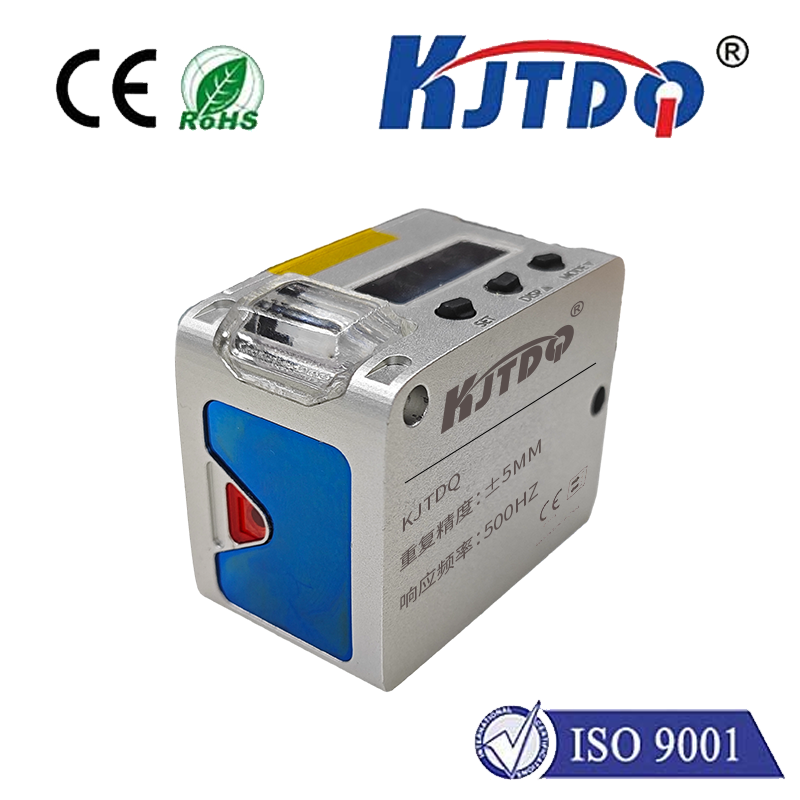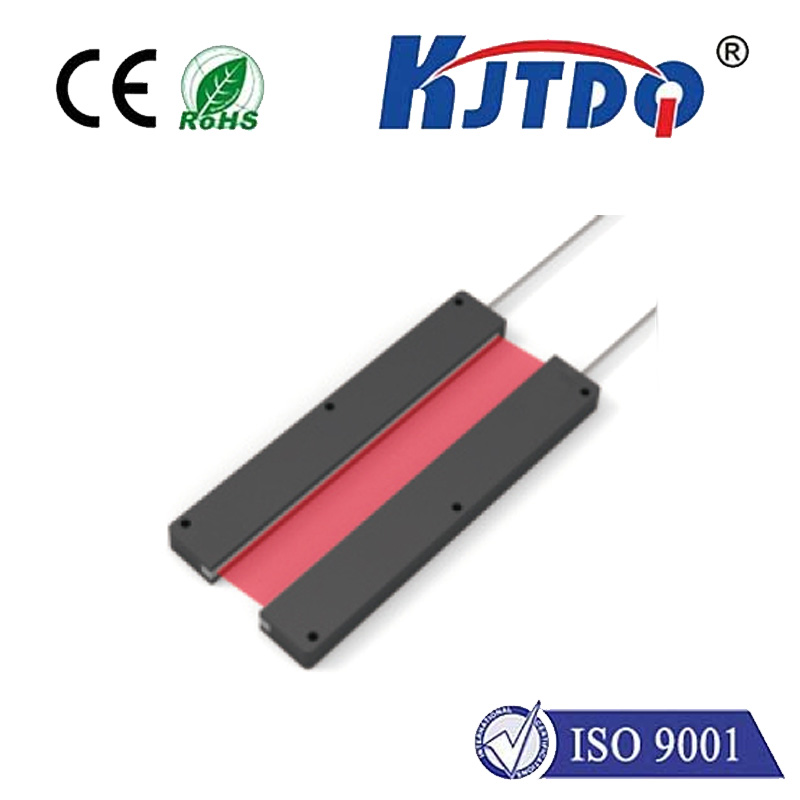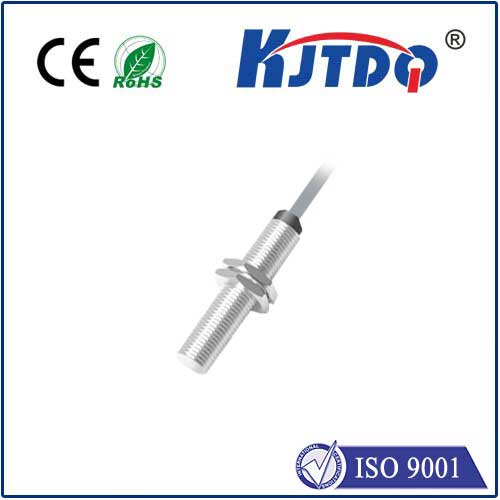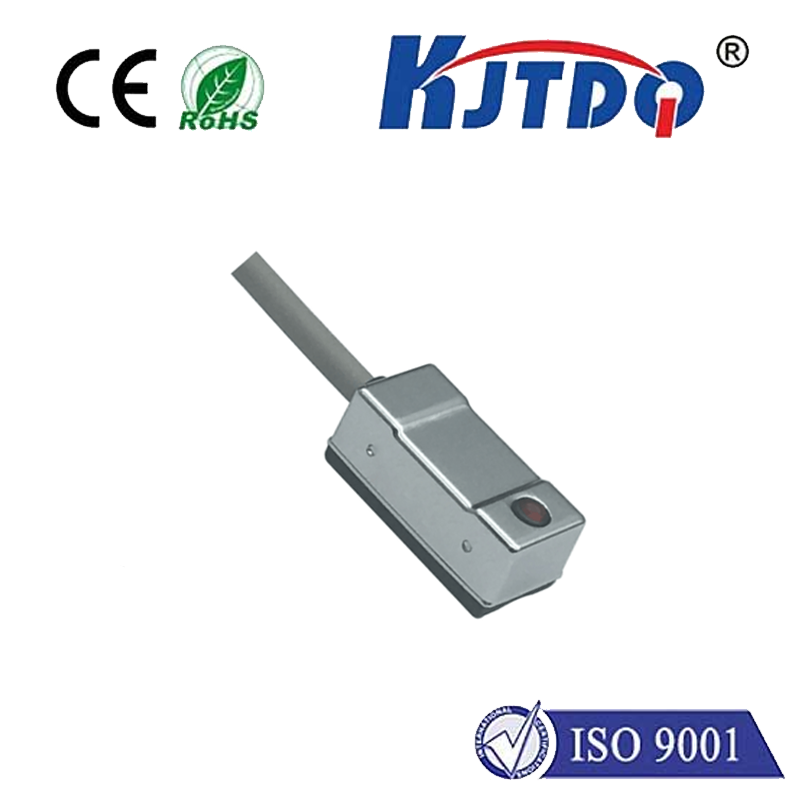
check

check

check

check

Proximity switch sensor is a common electronic component that can detect whether an object is close to or away from the sensor and convert this information into an electrical signal output. This kind of sensor usually consists of a probe and a circuit board. The probe can detect the position of the object through electromagnetic induction or optical principles.
The principle of proximity switch sensor is based on electromagnetic induction and optical principles. Under the principle of electromagnetic induction, when a metal object approaches the sensor, an induced current will be generated. This induced current will be detected by the sensor and converted into an electrical signal output. This principle applies to metal probes such as inductive proximity switch sensors.
Under the optical principle, the sensor emits an infrared or laser beam. When an object approaches the sensor, it will be reflected back and received by the sensor. The sensor determines the location of an object by measuring the intensity and duration of reflected light and converts this information into an electrical signal output. This principle applies to photoelectric proximity switch sensors.
Proximity switch sensors have many applications, such as in automated production lines to detect the position and movement of objects, and in automobiles to detect the distance of vehicles and avoid collisions. They can also be used in robots and electronic devices to help these devices sense their surroundings and react accordingly.
In short, the proximity switch sensor is a very useful electronic component. Its principle is based on electromagnetic induction and optical principles and can be used to detect the position and movement of objects. They find a wide range of uses in a variety of applications, and as technology continues to advance, so do their capabilities and performance.
